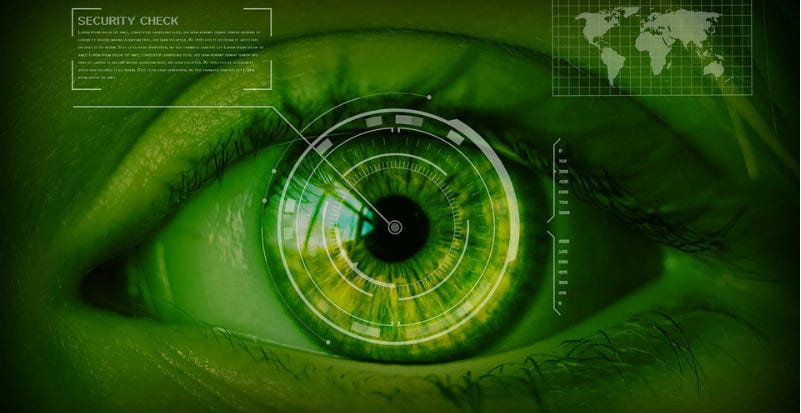Why Behavioral Monitoring Forms the Bedrock of Continuous Monitoring


How does behavioral monitoring form the bedrock of continuous monitoring? Also, why does continual monitoring matter to modern cybersecurity for businesses?
Identity management conversations and discourses, especially for laypeople and for some IT decision-makers, tend to focus on the authentication and authorization stages. On the surface, this makes sense; authentication forms the crux of so much of modern identity management and identity security. Additionally, the authentication portal now represents the key to the modern digital perimeter.
Let’s interrogate that notion a little, and examine why behavioral monitoring matters to cybersecurity.
Why Behavioral Monitoring Forms the Bedrock of Continuous Monitoring
Focusing on Authentication Works…to a Point
Here are some hard truths about authentication and identity security:
As much as everyone recognizes passwords and as much as they may be versatile and easy to understand, they remain one of the weakest points in any enterprise’s digital perimeter. All it takes is one hacker with a password cracker or a lucky credential stuffing attack or even just a quick glance at social media for hackers to have an entryway into your IT environment.
That’s why so many experts stress the importance of multifactor authentication. Every step and factor between the access request and the database or environment in question adds another layer of security. Plus, many factors don’t operate actively but under the surface, which prevents them from interfering with the login processing and balancing security with efficiency.
However, focusing so much on the authentication process for your identity and access management solution actually can leave you vulnerable. The other hard truth is that no authentication system is one hundred percent perfect. Eventually, with enough time and determination, a hacker can find their way into your network (or can subvert the authentication system enough to get a foothold).
In other words, by focusing so much on having a hard outer shell, your enterprise may lack its own immune system. That’s where continuous monitoring through behavioral monitoring comes in.
What Hackers Can’t Fake
Whatever your enterprise uses as its authentication, eventually hackers can find a way past them. Passwords? They can crack them or guess them? SMS messaging? They can intercept the message. Tokens? They can create a fake signal to match. Fingerprints? It’s tricky but they can find ways to beat that too.
Again, with the tools and the talent, a sufficiently prepared hacker can get the account and credentials they need to wreak havoc.
Except they can’t act like the person whose account they’ve taken over. And that’s where your IT environment can catch hackers before they initiate their plans. Hackers can’t possibly know, for example, how each individual types as part of their workflows.
Therefore, your enterprise needs behavioral monitoring. With capabilities like behavioral biometrics, your business can establish baseline behaviors for all of your users to create points of comparison. If someone’s behaviors begin to violate those baselines, your next-generation solution can alert your IT security team and help them investigate and respond.
To learn more, check out our Identity Management Buyer’s Guide and the Solutions Suggestion Engine.




















